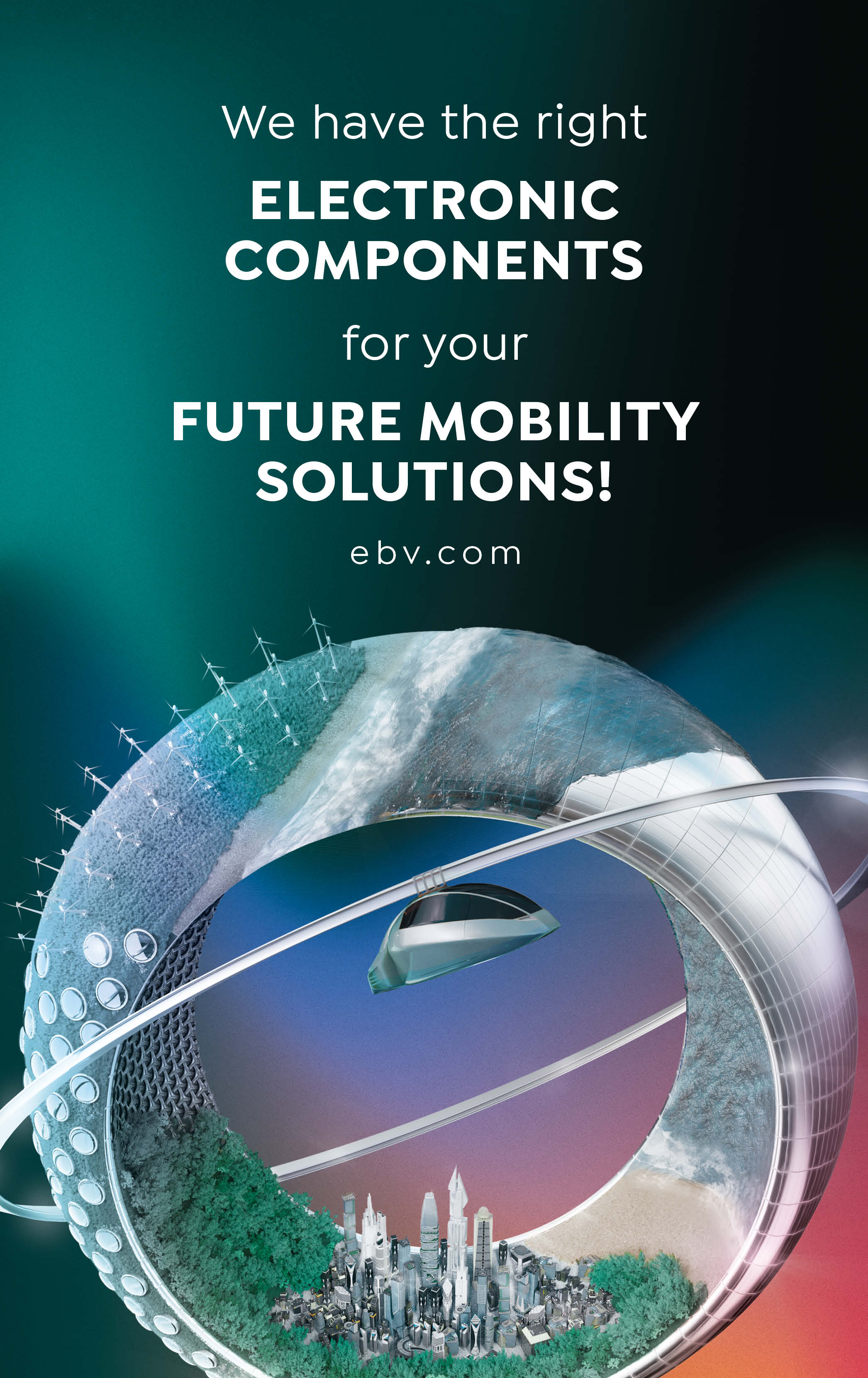Compared to conventional fuels, synthetic fuels produced from renewable sources have the potential to reduce CO2 emissions by up to 90 percent. Furthermore, they can be used in conventional combustion engines and make use of the existing refuelling infrastructure.
Whether battery-electric drives, fuel cells or hydrogen engines, all of these alternatives to the conventional combustion engine require new vehicles, or at least new technologies in the vehicle, as well as their own infrastructure for energy supply purposes. They are not (yet) really an economical decarbonisation solution, especially for the aviation industry, as explained by Professor Peter Pfeifer from the Institute for Micro Process Engineering (Karlsruhe Institute for Technology (KIT)) and one of the spokespersons from the research project Kerogreen:
“Batteries, hydrogen and hybrid solutions are not suitable solutions due to their low energy density, and biofuels stand in direct competition with food production and the natural world due to the amount of land required in their production.”
CO2-neutral fuel
Synthetic fuels produced from renewable sources present an alternative. These so-called “reFuels” or “eFuels” not only have the potential to reduce CO2 emissions by up to 90 percent compared to conventional fuels, they also enable the continued use of existing vehicles with combustion engines and the entire refuelling infrastructure, from the manufacturing stage and transport through to distribution.
Hydrogen is the starting material for these synthetic fuels. It is combined with CO2 obtained from the air using high pressure and a catalytic converter, which produces a synthetic fuel that is easy to store and easy to transport. This process is also referred to as “Power-to-Liquid”, as it involves converting electrical energy into liquid.
eFuels are classed as CO2-neutral, as they capture the same amount of CO2 from the atmosphere during their production process as is later emitted during combustion. And if you use green energy to produce the eFuels, it becomes a closed loop.
Suitable for everyday use
“Liquid fuels are going to be an indispensable solution for the foreseeable future in sectors such as heavy-duty transport, shipping and aviation, as well as for existing cars,”
says Professor Thomas Hirth, Vice President for Innovation and International Affairs from the Karlsruhe Institute for Technology (KIT). Researchers from the Institute ran a large-scale project with partners from the business world which proved that reFuels could be used in almost all vehicles and that it would soon be possible to produce them in large quantities. “In the project ‘reFuels – Rethinking fuels’, we have been able to demonstrate that reFuels work in both old and new cars, as well as for commercial vehicles and locomotives,” says Hirth. In the project, several tonnes of reFuels were produced that comply with the existing fuel standards for petrol and diesel fuels. Hirth:
“In short, reFuels are completely viable for everyday use!”
As well as being an environmentally friendly substitute for diesel and petrol, eFuels can also be refined into Sustainable Aviation Fuels (SAF), i.e. CO2-neutral kerosene. In the project “Kerogreen”, kerosene was produced from air and water. “If you use renewable energy and take CO2 directly out of the atmosphere, you get a closed carbon cycle.
We can even continue using the existing infrastructure for storage, transport, refuelling the aeroplanes and, in particular, the engine technology,” explains Professor Peter Pfeifer from KIT. Furthermore, synthetic green kerosene would not emit any sulphur and would also produce less soot and nitrogen oxide (NOx). In the project, an innovative plasma technology was developed that would enable large quantities of SAF to be produced.
22.8 percent will be the average annual growth rate of the global eFuel market between 2022 and 2028.
Source: ResearchAndMarkets
Challenges in rolling out eFuels
Green hydrogen is currently very expensive to produce and there is not enough of it, so the use of eFuels as an alternative fuel source is making slow progress. According to a meta-analysis from “acatech” (the German Academy of Science and Engineering) and DECHEMA (German Society for Chemical Engineering and Biotechnology), in 2045, 85 to 150 terawatt hours of hydrogen will be used to produce eFuels in Germany alone. The precursor products for the eFuels will mainly be produced in countries that have enough wind and solar energy, for example Chile or the south of Spain. The actual eFuels, such as petrol, diesel or kerosene, could then be produced in refineries in the country of use.
The second, large obstacle for eFuels, however, is the efficiency over the entire production process: only around 25 to 30 percent – or even less – of the energy used in the process remains left over at the end.
By way of comparison, an electric vehicle converts around 70 to 80 percent of the energy used into propulsion. However, researchers are hopeful that new types of reactors, ones that require considerably less process energy, will be able to increase the efficiency to up to 60 percent.
A bit of independence
“eFuels can do more than just help overcome the climate crisis. They can help us sever our dependency on energy imports from countries like Russia, thus giving us more reliable sources of energy,” explains Dr Lorenz Kiene from the eFuels Forum, and adds: “We must take advantage of all the technologies that are going to help us improve our carbon footprint – in cars, trucks, construction machinery and in ships and aeroplanes. The climate crisis is not going to forgive any delays.”



